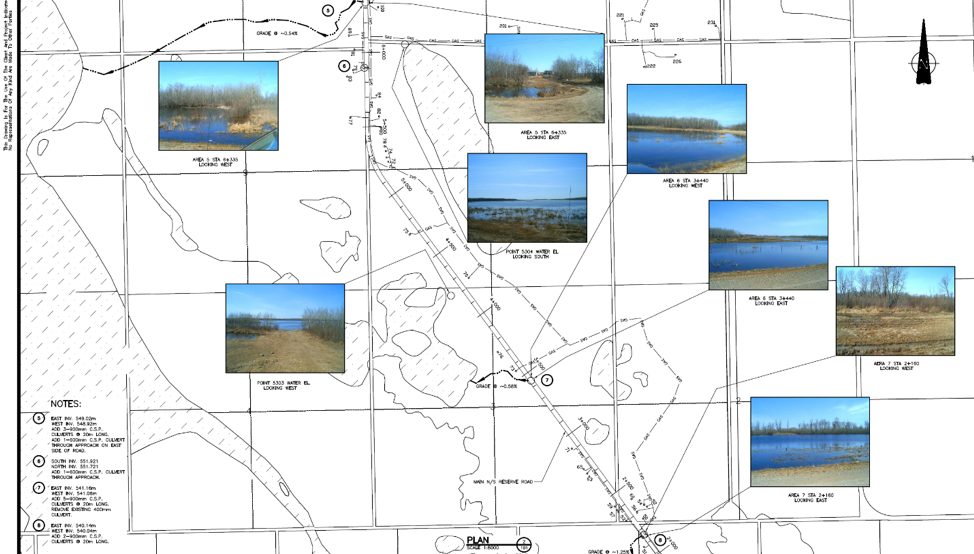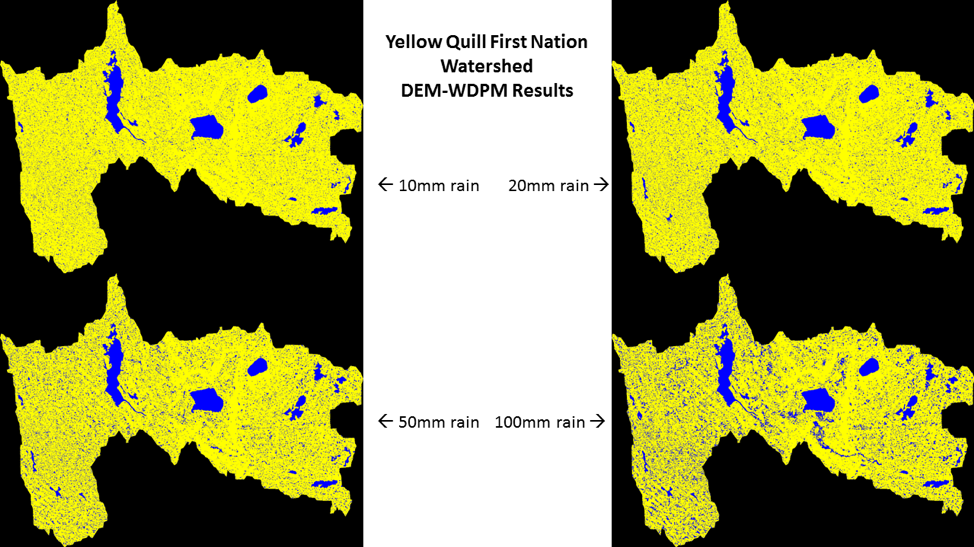The unprecedented shifts brought on by climate change ripple far beyond rising temperatures and extreme weather; they reach deep into the minds and hearts of all living beings. Anxiety, grief, and a profound sense of loss now shadow our collective experience. This climate-related mental distress is not only felt by people but also echoed in the land, waters, plants, and animals to which we are inseparably connected. As ecosystems unravel, the mental health of humans and non-human relatives becomes a shared story of vulnerability and resilience.
Climate Change and Rising Anxiety
The reality of climate change is no longer a distant worry; it is a present and palpable force shaping the mental landscapes of countless individuals. Across ages and cultures, climate anxiety, sometimes called eco-anxiety, has emerged as a defining psychological response to the accelerating devastation of the natural world. This anxiety is not simply fear of future disasters but an existential reaction to loss, uncertainty, and powerlessness.
Signs of Climate Anxiety
People experiencing climate anxiety often report:
- Persistent worry, rumination, or panic about environmental catastrophe.
- Feelings of helplessness, hopelessness, or grief, often described as “climate grief.”
- Disturbed sleep, including insomnia or nightmares, can be linked to climate crises.
- Physical symptoms may include an elevated heart rate, stomach upset, or fatigue.
- Social withdrawal, or conversely, sudden bursts of activism.
- Existential questioning about the future, meaning, and humanity’s role in planetary degradation.
- Heightened sensitivity to environmental news and changes, sometimes leading to overwhelm or burnout.
How Climate Anxiety Shapes Worldviews
Climate anxiety is shifting how people relate to themselves and the world:
- A fractured sense of security: The predictability of seasons and natural resources, as well as the scaffolding of cultural and personal identity, is disrupted.
- Heightened interdependence: For some, anxiety strengthens awareness of interconnectedness, prompting a search for meaning beyond individualism and consumerism.
- Urgency for change: Anxiety can fuel activism and demands for systemic transformation.
- Collective trauma and grief: Climate change becomes a shared mourning for lost species, landscapes, and lifeways.
- Shifts in values: Many are turning away from materialism toward ecological stewardship, simplicity, and relationality.
Climate Anxiety in the Indigenous Context
For Indigenous peoples, climate anxiety is layered with cultural grief, the loss of land, language, ceremony, and traditional livelihoods. This grief is deepened by colonial histories that severed people’s relationships with ancestral territories and more-than-human kin.
Yet, Indigenous worldviews also carry profound resilience. Seeing humans as part of a web of life provides a relational refuge, a framework for navigating climate anxiety through connection, ceremony, and stewardship. Unlike dominant Western approaches that often treat mental health in isolation, Indigenous perspectives integrate ecological realities into healing.
Supporting Mental Well-Being Amidst Climate Anxiety
Meeting climate anxiety as both a personal and collective challenge requires approaches that nurture resilience:
Land-based healing and connection: Spending time on the land, engaging in cultural practices, and restoring bonds with ecosystems.
- Community support and dialogue: Safe spaces to share fears and grief, build solidarity, and mobilize collective hope.
- Eco-literacy and empowerment: Education in climate science, Indigenous land stewardship, and practical action to counter helplessness.
- Mindfulness and grounding practices: Techniques to calm and regulate overwhelming emotions.
- Centering Indigenous knowledge: Teachings of balance, renewal, and reciprocity enrich mental health frameworks with holistic approaches.
Indigenous Ways of Knowing: Medicine for Mind, Heart, and Spirit
Indigenous worldviews offer vital teachings for healing and well-being. Central among these is interconnectedness, the recognition that humans, earth, waters, animals, plants, and ancestors form one living web. This understanding fosters a holistic approach to mental health that weaves together mind, heart, body, and spirit.
Ceremonies, storytelling, land-based practices, and seasonal cycles cultivate balance and harmony, offering medicine for both individual and collective resilience. Reconnecting with Mother Earth is a profound step toward healing, inviting us to listen deeply to the rustle of leaves, the flow of rivers, the flight of birds and, in that listening to rediscover grounding, purpose, and hope.
Empathy for More-Than-Human Relations
Climate change also affects our non-human relatives. Plants wither, animals migrate or perish, and waters warm and recede. Indigenous teachings remind us that these beings hold life, spirit, and memory. They, too, suffer displacement and loss. Cultivating empathy for them expands our circle of care and underscores that mental and environmental health are inextricably linked.
When we engage with land, waters, and wildlife not as resources but as relatives, fractured relationships begin to heal. This relational awareness lays the foundation of stewardship rooted in respect and reciprocity, integrating the need to confront climate change.
Reconnecting with the Land
Reconnection is both sacred and practical. Land-based healing, traditional ecological knowledge, and Indigenous ceremonies are increasingly recognized within Indigenous communities and beyond as powerful supports for mental health.
Spending time on the land harvesting plants, participating in a ceremony, or simply observing seasonal rhythms nurtures awareness, patience, and resilience. It roots us in the present, affirms belonging, and reminds us that we are part of a living community. Through this reconnection, humans can find strength in relationships, solace in shared struggle, and hope in reciprocal care.
Moving Forward Together
The climate crisis compels us to rethink mental health in relational terms, recognizing that human well-being is inseparable from the well-being of the land and all its beings. Indigenous knowledge offers enduring wisdom for this path. By honouring interconnectedness, embracing land-based healing, and nurturing empathy for all relations, we can cultivate mind, heart, and spirit medicines essential for resilience.
Together, human and more-than-human kin can walk toward healing, balance, and renewed hope grounded in the living teachings of the earth we call home.
Blog by Rye Karonhiowanen Barberstock
(Image Credit: Ahmed Hossam, Unsplash)







